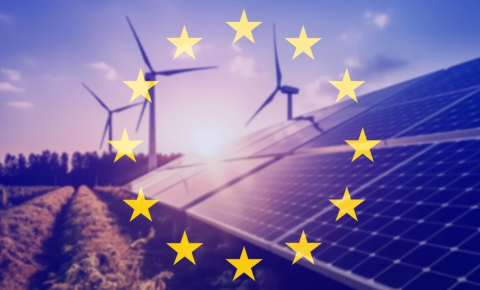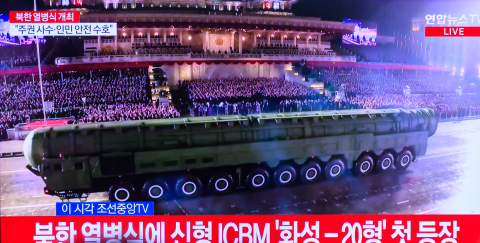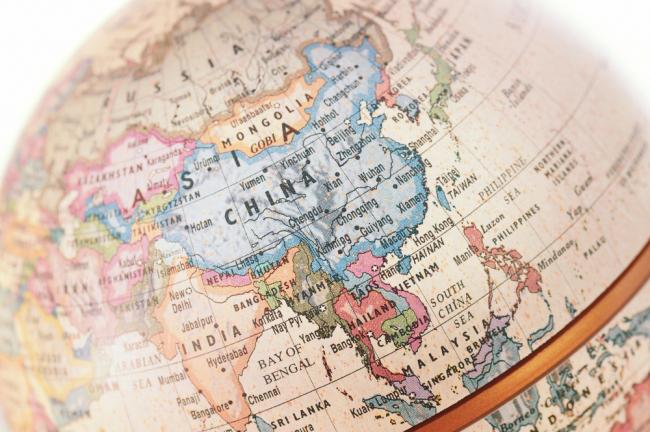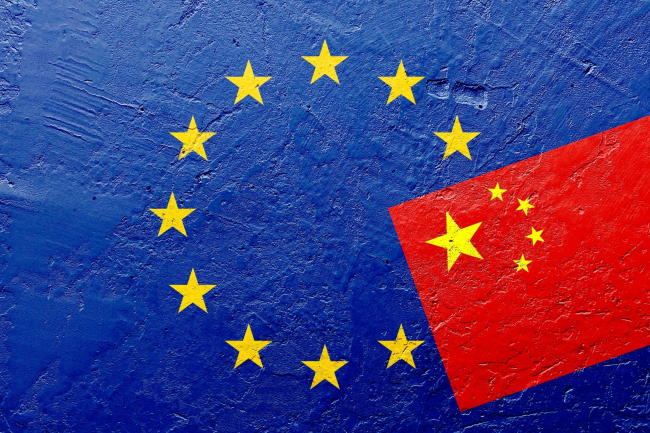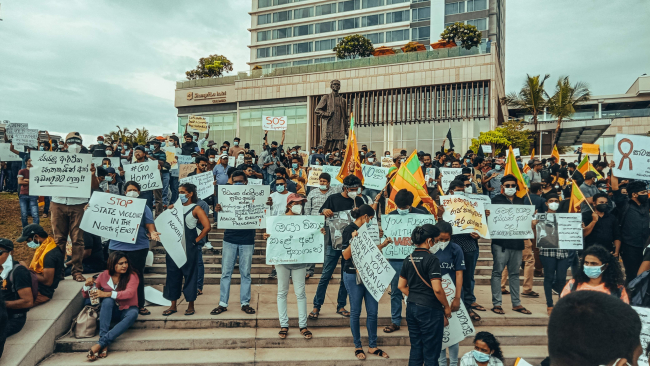India’s Quest for Economic Emancipation from China
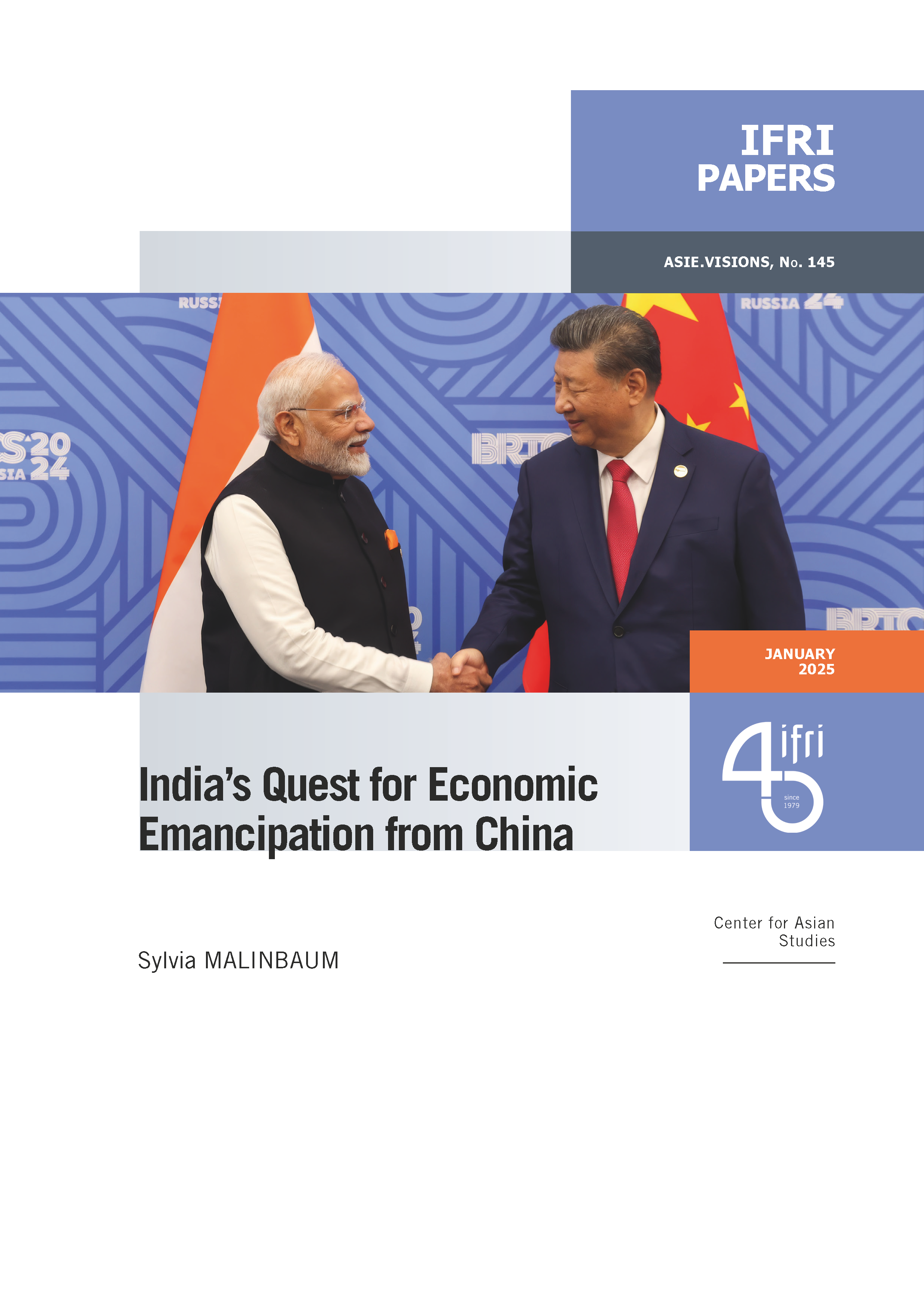
In October 2024, the meeting between Chinese President Xi Jinping and Indian Prime Minister Narendra Modi initiated a thaw in relations between the two Asian powers. Has India's high level of economic dependence on China played an important role in bringing about this diplomatic shift?
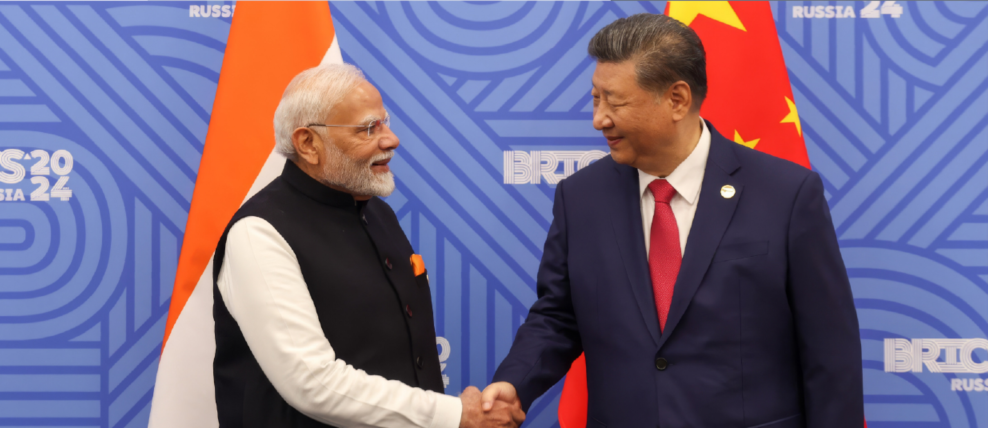
In 2020, the Covid-19 epidemic and the deadly clashes in the Galwan Valley, on the Himalayan border between China and India, underscored India’s economic dependence on China and the resulting sovereignty issues. These dependencies manifest in three key areas: commercial, technological and financial.
India relies on Chinese imports for a wide range of industrial goods, which limits the growth of its domestic companies and exacerbates its trade deficit. Additionally, the country depends on Chinese technologies in strategic sectors such as energy, telecommunications and semiconductors, raising significant security concerns. Furthermore, certain Chinese investments, particularly in Indian digital start-ups, are now viewed as strategic vulnerabilities.
In response to the Galwan incident, India introduced measures aimed at reducing these vulnerabilities, including restrictions on border investments and the exclusion of Chinese companies from public contracts. At the same time, the Indian government launched initiatives such as “Atmanirbhar Bharat” (“Self-sufficient India”) to enhance the country’s economic autonomy by promoting domestic production.
To lessen its dependence on rival China, India is also working to strengthen and diversify its economic partnerships. In recent years, it has signed several free-trade agreements with countries like Australia and the United Arab Emirates, while intensifying technological cooperation with the Quad countries (Australia, Japan, and the United States), as well as France, Taiwan, Israel and the European Union. Despite these efforts, India continues to struggle with attracting substantial investment and acquiring cutting-edge technologies, primarily due to the relatively low competitiveness of its industry compared to countries like China and those in Southeast Asia.

Available in:
Themes and regions
ISBN / ISSN
Share
Download the full analysis
This page contains only a summary of our work. If you would like to have access to all the information from our research on the subject, you can download the full version in PDF format.
India’s Quest for Economic Emancipation from China
Related centers and programs
Discover our other research centers and programsFind out more
Discover all our analyses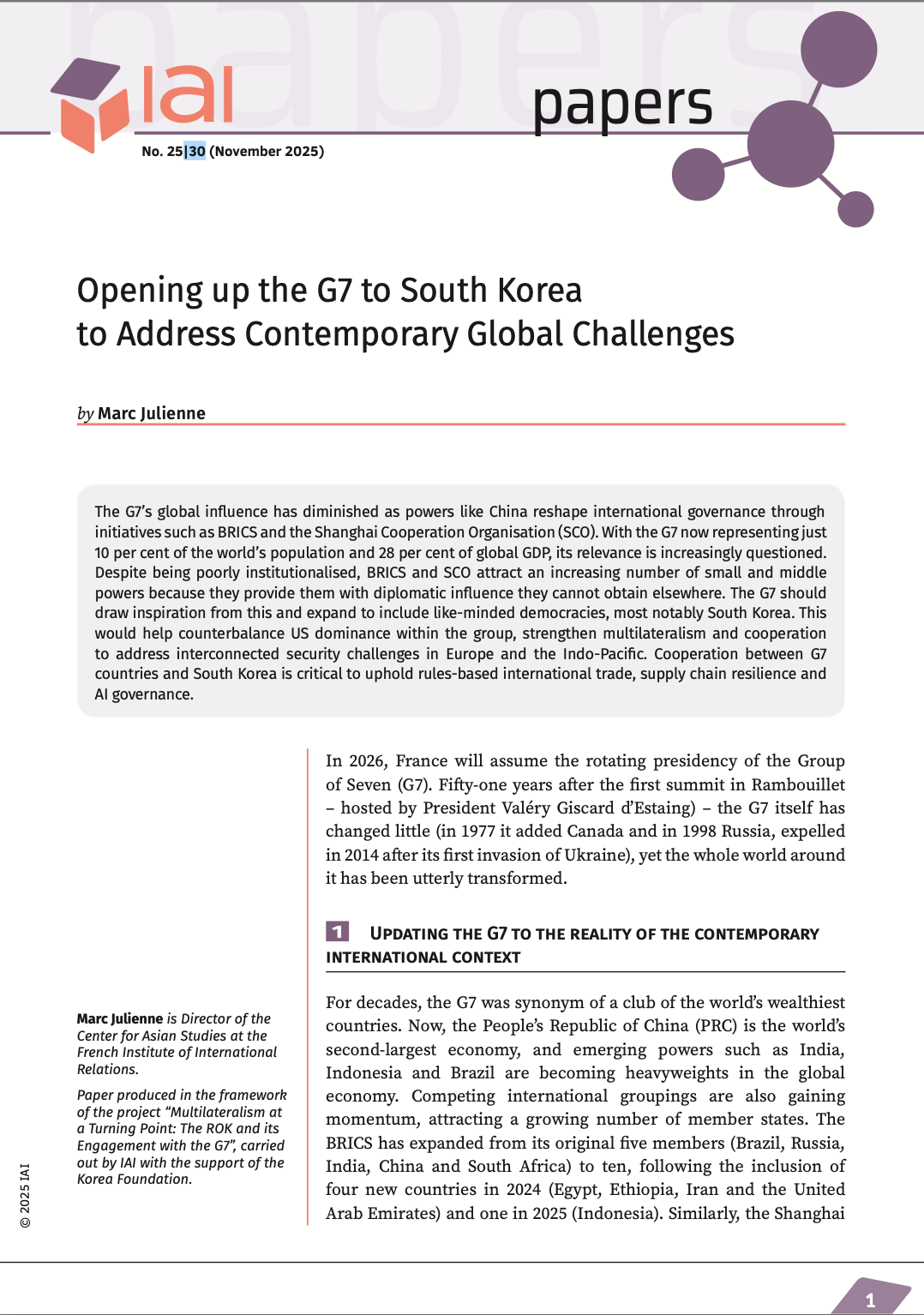
Opening up the G7 to South Korea to Address Contemporary Global Challenges
The G7’s global influence has diminished as powers like China reshape international governance through initiatives such as BRICS and the Shanghai Cooperation Organisation (SCO). With the G7 now representing just 10 per cent of the world’s population and 28 per cent of global GDP, its relevance is increasingly questioned.
Expanding SPDMM as a pivotal institution in the Pacific – A French perspective
The South Pacific Defence Ministers’ Meeting (SPDMM) is the only forum that brings together defense ministers from the wider South Pacific — including Chile, which is hosting it for the first time. This heterogeneous group of countries with varying resources, capacities, and interests — Australia, Chile, Fiji, France, New Zealand, Papua New Guinea (PNG), and Tonga — are united by their shared determination to strengthen cooperation on maritime security and humanitarian assistance and disaster relief (HADR) activities.
EU’s Derisking From China: A Daunting Task
With economic security as a major concern, the EU has recently turned to “derisking” from China. The EU strategy entails reducing critical dependencies and vulnerabilities, including in EU supply chains, and diversifying where necessary, while recognizing the importance and need to maintain open channels of communication.
Sri Lanka’s NPP Government. From System Change to Structural Compliance
In September 2024, a relative outsider to Sri Lanka’s two-party-dominated political system, Anura Kumara Dissanayake, won the presidential elections. The anti-establishment, populist movement he represented, the National People’s Power (NPP), went on to receive an overwhelming mandate in the November 2024 general elections, winning 159 seats in a 225-member parliament.




